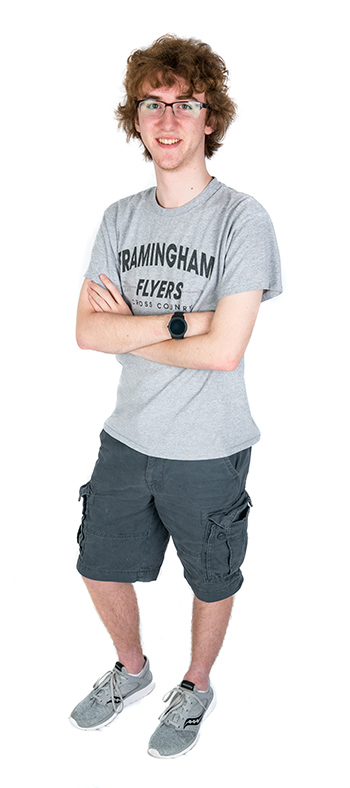
In his spare time, Saul Amster likes to program. He’s currently working on a project to turn a tablet into a magic mirror. Yes, like Snow White’s evil stepmother (“Mirror, mirror on the wall…”), except imagine asking the mirror for the day’s forecast or the score of last night’s game. “Programming is an interesting hobby,” he says. “It’s basically free. All you need is a computer. Other hobbies require you to keep sinking money into them.”
This summer, Saul turned his programming hobby into an internship at the Concord Consortium. But while he’s used other external software libraries before, he had to teach himself to work with other people’s preexisting code, plus learn the push and pull requests of contributing code on GitHub. And although he was new to the code base underlying the Seismic Explorer software, which displays earthquakes and volcanoes worldwide using real-time data from the USGS, he didn’t let that stop him from jumping in. In fact, he’s enhanced an existing feature by redrawing the plate boundaries to make them more noticeable and added a new feature that shows arrows to display the movement of the tectonic plates. He’s now reworking how the animation is done in the model.
“I have been really impressed with Saul,” says Amy Pallant, Principal Investigator of the Geological Models for Explorations of Dynamic Earth (GEODE) project, which developed Seismic Explorer. “He has been able to add new data into the model, think about the user experience, and help me make decisions about layout, design, and data representation. His vast experience with programming, computer games and educational environments meant that I could learn from him, too.”
Saul is sure this first experience working with someone else’s code will serve him well when he heads off to Ithaca College as a freshman computer science major. “This has been super helpful for classes and for future jobs,” he says. He’s not at all worried about his freshman Java course, since he has already learned the language. It’s one of his favorites, along with C#, which he uses in his videogame programming.
Saul is excited about some high-end virtual reality gear he spotted in the computer department at Ithaca. He’s already made some small VR apps for the Google cardboard, and he’s looking forward to research opportunities. So along with clothes and toothpaste, he’s packing his laptop and external graphics box—with better cooling and more power, it’s perfect for developing (and playing) games, and getting his homework done, of course.